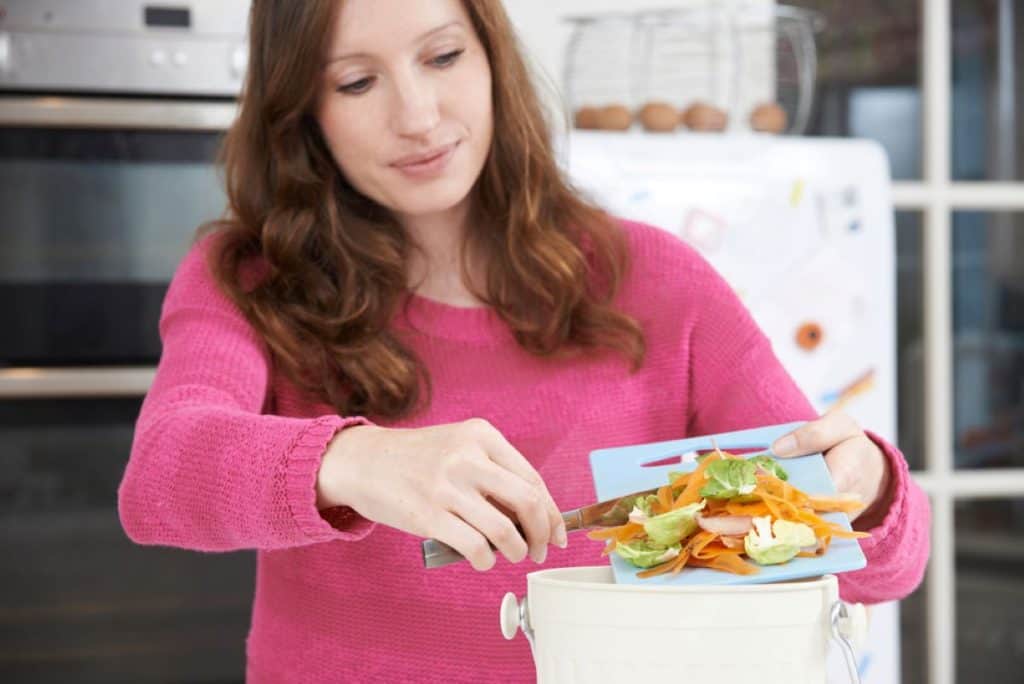15 Simple Strategies for a Zero-Waste Lifestyle
Living a zero-waste lifestyle can feel like a big change, but with a few small shifts, it’s more achievable than you might think. From cutting down on plastic to rethinking your shopping habits, there are lots of easy ways to reduce waste in everyday life. Not only is this good for the planet, but it can also save you money and help simplify your routine. Here are 15 simple strategies to help you move toward a zero-waste lifestyle.
1. Bring Your Own Reusable Bags

Single-use plastic bags are a big source of waste. Keep reusable bags in your car, at work, or even folded in your purse for unexpected shopping trips. Opt for cloth or canvas bags, which are durable and can be washed when needed. Having a stash of these on hand makes it easier to say no to plastic when you’re out shopping.
2. Say No to Plastic Straws

Straws are often unnecessary and contribute to a lot of waste. If you really need one, invest in a reusable straw made of stainless steel, glass, or silicone. Keep it with you in your bag or car so you’re always ready. Most places are starting to offer straw-free options, so simply declining a plastic straw is another step in the right direction.
3. Choose Refillable Water Bottles

Plastic water bottles are a huge contributor to landfill waste. Switching to a reusable water bottle not only cuts down on plastic but also helps you stay hydrated throughout the day. Look for one that’s durable, easy to clean, and fits your lifestyle—whether you prefer stainless steel, glass, or BPA-free plastic. Many places even offer water refill stations now.
4. Use Cloth Napkins

Switching from paper napkins to cloth is a small change that can make a big difference. Cloth napkins can be used again and again, reducing the amount of paper waste your household produces. Plus, they add a touch of style to your meals and are easy to wash with your regular laundry.
Follow us for more of these articles.
5. Shop at Bulk Stores

Buying in bulk reduces the need for extra packaging, which means less trash to deal with later. Bring your own containers or reusable bags to bulk stores where you can purchase just the amount you need. This method often saves money as well because you’re not paying for unnecessary packaging or branding.
6. Ditch Single-Use Coffee Cups

If you’re a regular coffee drinker, consider bringing your own reusable cup to the café. Single-use coffee cups are lined with plastic, which makes them hard to recycle. Many coffee shops offer a small discount for using your own cup, so it’s a win-win for both your wallet and the environment.
Follow us for more of these articles.
7. Switch to Bar Soap

Bar soaps come with much less packaging than liquid soap, which is typically sold in plastic bottles. You can find a variety of bar soaps for everything from body wash to shampoo. Look for options that are packaged in paper or sold completely package-free. Many natural stores even offer locally made options.
8. Compost Food Scraps

Instead of throwing food scraps into the trash, compost them to reduce waste and enrich the soil. You don’t need a lot of space—small compost bins or indoor composters can fit in any home, even an apartment. Things like vegetable peels, eggshells, and coffee grounds can all be composted, reducing the amount of trash you send to the landfill.
Follow us for more of these articles.
9. Repair Instead of Replace

When something breaks, the first thought is often to replace it. However, repairing items can save money and keep perfectly good things out of the trash. Whether it’s patching up a favorite pair of jeans or fixing a leaky faucet, learning basic repair skills is useful. There are also plenty of online tutorials for DIY fixes.
10. Reuse Glass Jars

Glass jars from pickles, pasta sauce, or jam are handy for storing things like leftovers, dry goods, or even small household items. Instead of tossing them, clean them and use them around your home. They’re durable, don’t absorb smells, and are easy to organize. Plus, they eliminate the need for buying new storage containers.
Follow us for more of these articles.
11. Shop Secondhand

Instead of buying new items, check out secondhand stores, thrift shops, or online marketplaces for what you need. From clothes to furniture, buying secondhand reduces demand for new products, which often come with excessive packaging. It’s also an affordable way to find unique or vintage items while minimizing waste.
12. Make Your Own Cleaning Products

Many cleaning products come in plastic bottles and contain harsh chemicals. By making your own with simple ingredients like vinegar, baking soda, and essential oils, you can cut down on waste and create safer, non-toxic cleaning solutions. Store your homemade cleaners in reusable bottles to keep things zero-waste.
Follow us for more of these articles.
13. Avoid Fast Fashion

Fast fashion is a huge source of waste, with trends changing quickly and clothes being discarded after only a few wears. Opt for timeless, high-quality pieces that will last longer. Look for sustainable brands or buy secondhand to reduce the environmental impact of your wardrobe. Fewer but better clothes mean less waste.
14. Use Beeswax Wraps Instead of Plastic Wrap

Plastic wrap is often used once and thrown away, contributing to the pile of single-use plastics in landfills. Beeswax wraps are a reusable alternative that can wrap sandwiches, cover bowls, or store leftovers. They’re washable and last for about a year, making them a sustainable replacement for plastic wrap in your kitchen.
Follow us for more of these articles.
15. Choose Digital Over Paper

Whenever possible, go digital instead of using paper. Opt for e-bills, online receipts, and digital tickets. Many businesses and services offer paperless options, which not only reduces paper waste but also makes it easier to organize everything electronically. Digital solutions save paper and keep your home clutter-free.
Like our content? Be sure to follow us!






